
Between the crystal clear waters and the ocean waves, a phenomenon occurs that is as fascinating as it is dangerous: return currents, also known as rip currents.
After deaths due to traffic accidents and intoxication, drowning deaths in Costa Rica were the third leading cause of accidental deaths in the country in 2020, according to the most recent data on the Judiciary website.
Return currents are one of the main causes of accidents at beaches, since they can quickly take people out to sea, according to Alexander Gutiérrez, researcher and former director of the National University’s International Ocean Institute (IOI).
“This type of current occurs in the vast majority of the country’s beaches and is the product of the waves. They also have to do with the characteristics of the ocean floor of each beach, which is why they are especially common on beaches with irregular seafloors,” he explained.
When the waves reach a beach with a slight inclination at the bottom of the coast, the perfect scenario is created for forming return currents, explained Gutiérrez.
That makes the water accumulate in a special way. At a certain point, a part of this accumulation slides along the beach, which we call a drift current. Another part returns toward the sea, creating the return current,” he specified.
Currents in Costa Rica have reached speeds of up to 2.7 meters per second (6.04 miles per hour). “That exceeds the swimming speed of iconic Olympic swimmer Michael Phelps,” the researcher said to put it into perspective.
These water flows are inclement. In Costa Rica, with just 1,300 kilometers (about 800 miles) of coastline, there were an average of 47 deaths per year between 2011 and 2021, according to data from the Judiciary’s statistics section.
In Australia, which has 26,000 km (about 16,000 miles) of coastline, an average of 280 deaths per year were recorded during the same period.
How do you recognize return currents?
Although they may seem difficult to identify, you can do so with knowledge and by paying attention. Here are some key signs provided by Gutiérrez:
- White strip: Watch for a sort of white strip appearing in the water. It looks like a long, narrow foam.
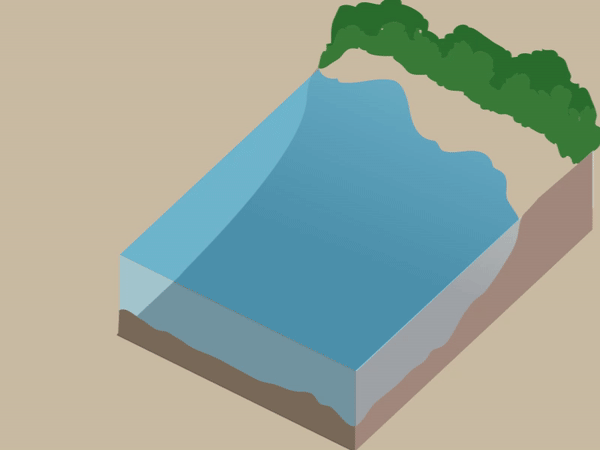
- Waves that don’t break: Often, return currents form in sectors where waves don’t break. Don’t be fooled by these “little pools,” since they are precisely where you should avoid swimming.
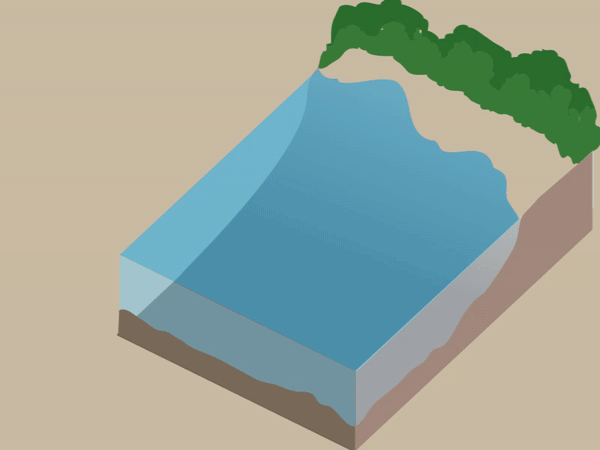
- Brown strips: If there are areas with darker water, that could be from sediment carried by the currents.
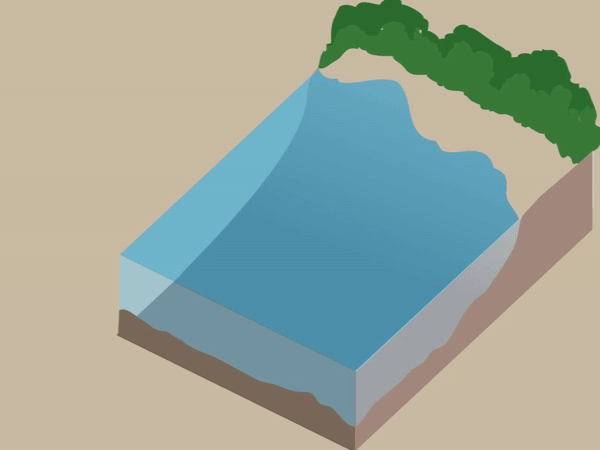
- Feeling of less resistance when swimming: If you feel that the ocean is pulling you and it’s hard for you to maintain your position, you could be facing a return current.
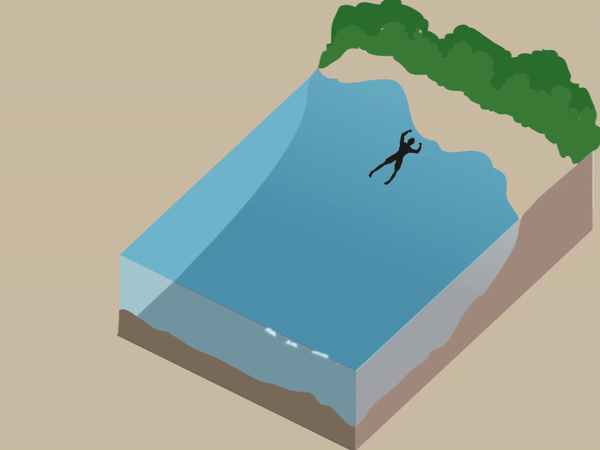
What do I do if I’m caught in a current?
Although following these suggestions can save your life, return currents are different in each place and situation, so there is no manual that guarantees your survival.
Keep calm: The most difficult, but crucial thing to do. Panic only increases the risk.
Don’t swim against the current: The natural reaction to a return current may be to swim towards shore with all of your might. However, this can quickly wear you out and make the situation worse.
Swim parallel to the coast: This option works if the current is taking you out to sea. Instead of trying to swim directly towards the shore, try to swim parallel to the shoreline. Return currents tend to be strongest in the center and weakest at the edges. Parallel swimming will allow you to gradually get out of the current and find a point where you can return to land or wait for help.
Swim diagonally towards the coast: If you can, try to swim towards the coast but at an angle. Do not try to go directly towards the shore. Swimming diagonally will help you take advantage of the current’s force to move towards a safer place.
Seek help and wait: If the current takes you out to sea, once you’re out of its reach, wait for the waves to return you to the beach or for help from a lifeguard.
Before venturing into the waves:
Consider these essential points to guarantee your safety and enjoy your time at the ocean to the fullest:
Avoid being alone: Try to get into the ocean where there are other people who can also be paying attention to what is happening to you.
Safe times: Don’t risk swimming at night and avoid times when the waves can be stronger.
Insider Tip: Local surfers and lifeguards are your allies in the ocean. Ask about areas prone to return currents.
Are you a novice swimmer?: If you aren’t an experienced swimmer, stay in shallow water, where the water doesn’t go up past your knees.



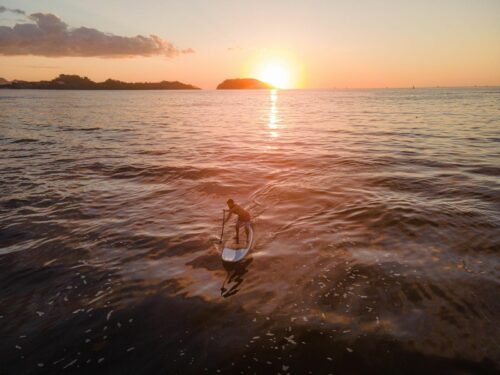
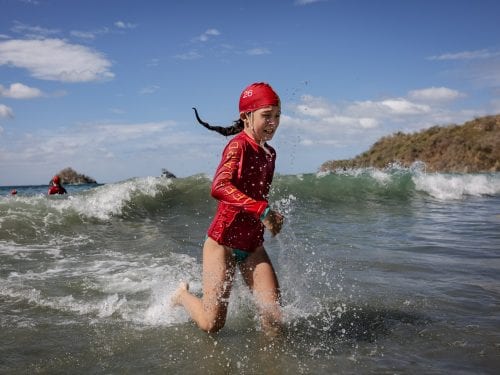
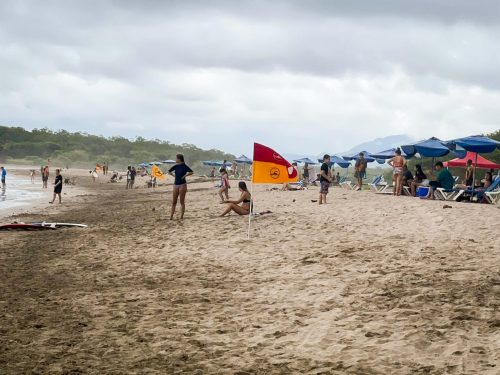

Comments